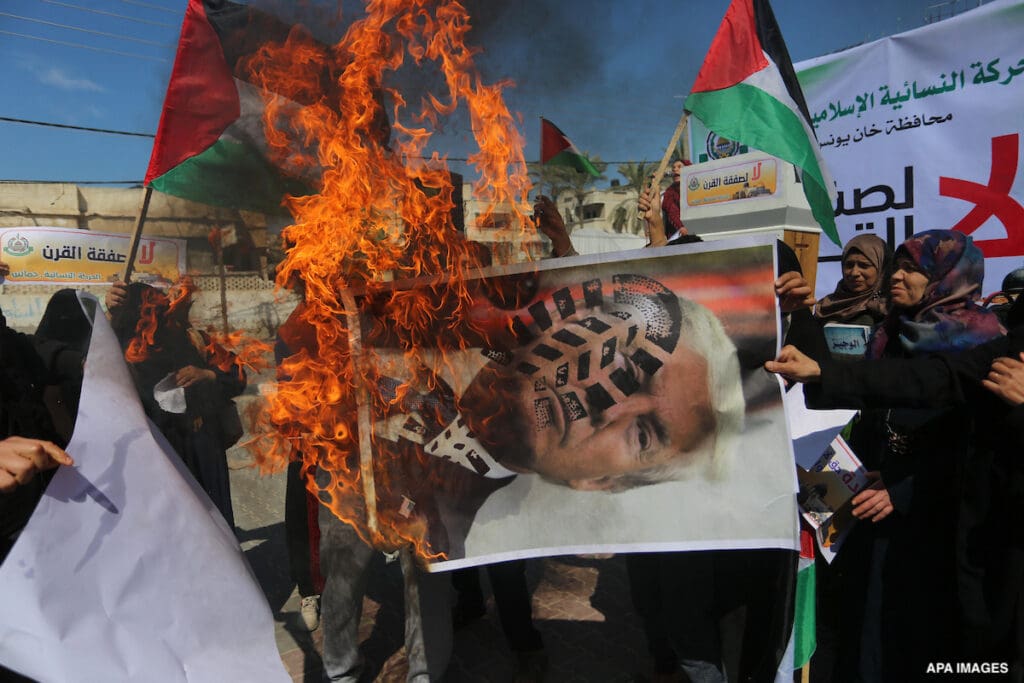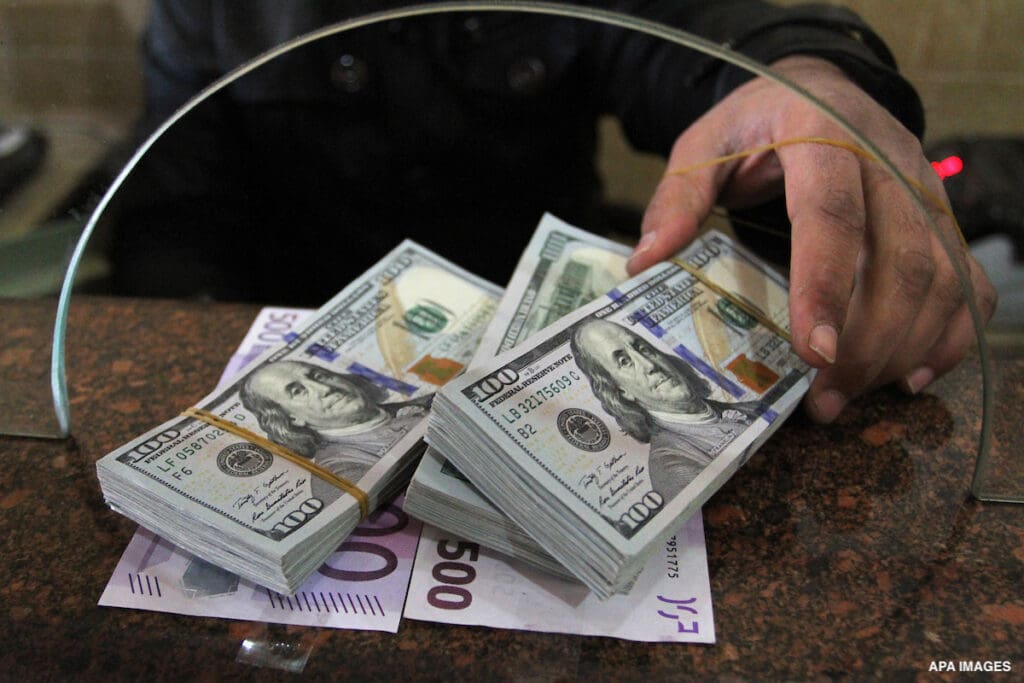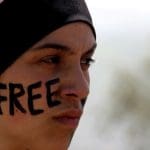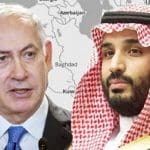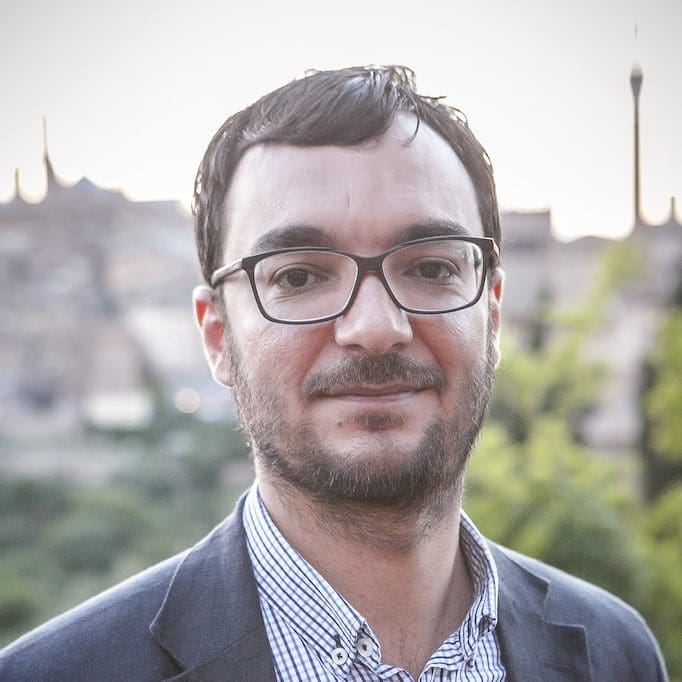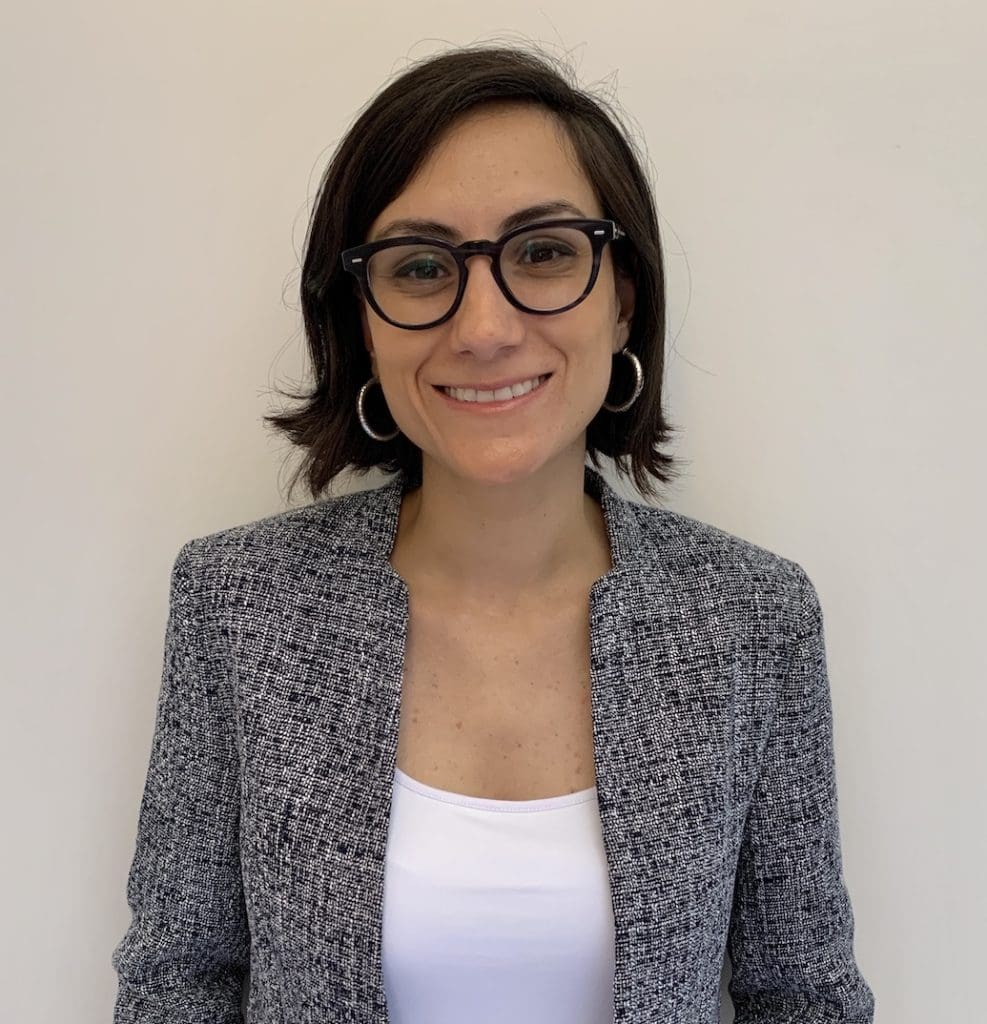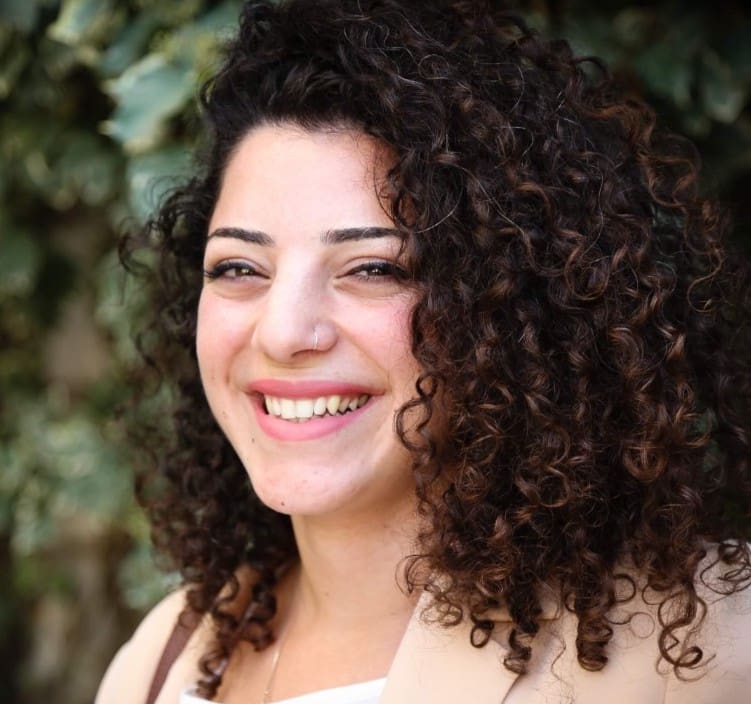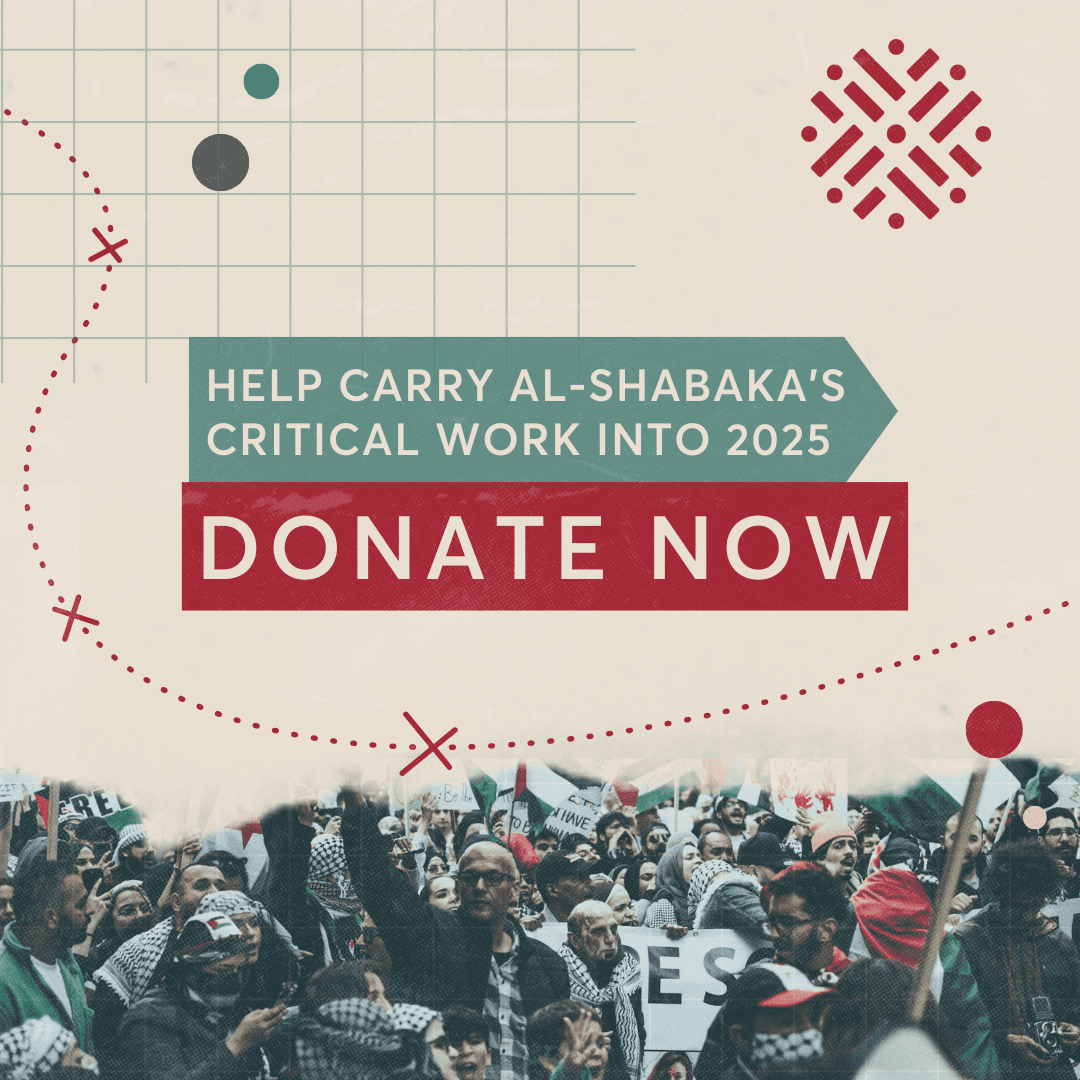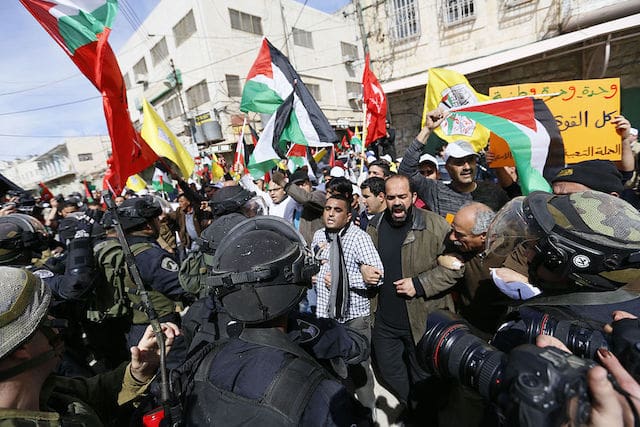
Palestinian civil society faces a multitude of pressures from various actors, including international donors, the Palestinian Authority, as well as the Israeli occupation.
What is the historical context of civil society in terms of their relationship with international donors and the Palestinian Authority? How have they responded to the increasing conditions imposed on international aid, while conducting their work in the context of colonialism, fragmentation, and authoritarian rule? What resilience strategies do they apply to break the status quo and advance themselves?
This policy lab is only available in Arabic, and may be viewed here.
Tariq Dana is Assistant Professor of Conflict and Humanitarian Studies at the Doha Institute for Graduate Studies, and an adjunct lecturer at Northwestern University in...
Nur Arafeh is a Fellow at the Malcolm H. Kerr Carnegie Middle East Center, in Washington DC, where her work focuses on the political economy...
Dana Farraj is a researcher and has been a certified lawyer at the Palestinian Bar Association since 2019. She is a PhD student in Burgundy...





